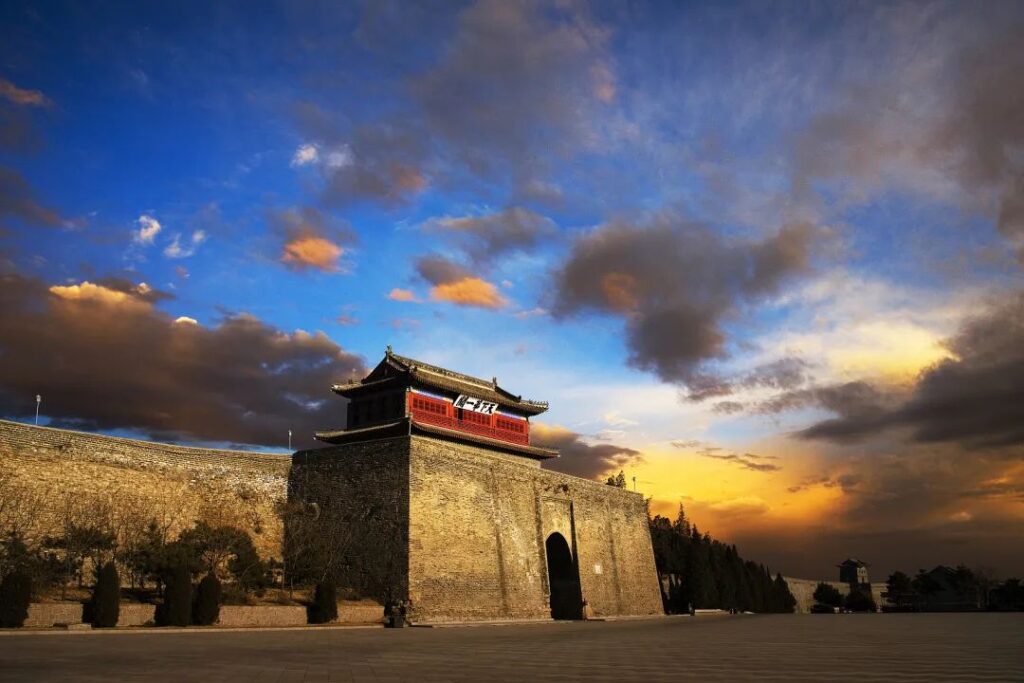The Great Wall of China is a series of fortifications made of stone, brick, tamped earth, wood, and other materials, generally built along an east-west line across the historical northern borders of China to protect and consolidate territories of Chinese states and empires against various nomadic groups of the Eurasian Steppe. Here is some detailed information:

Historical Background
- Construction Period: The Great Wall was built over many dynasties. It began in the Spring and Autumn Period and the Warring States Period, when each state was defending against each other and northern nomadic tribes. The Qin Dynasty connected and reinforced the walls, forming the “10,000-li Long Wall”. The Han, Ming, and other dynasties also carried out large-scale construction.
- Main Builders: The Great Wall was built by the laboring people of ancient China, including soldiers stationed on the border, criminals who were punished to build the wall, and local civilians who were conscripted.
Architectural Features
- Wall Structure: The Great Wall is mainly composed of walls, watchtowers, beacon towers, and passes. The walls are the main body, built with materials such as rammed earth, stone, and bricks, with a certain height and thickness, and battlements on top. Watchtowers are set at certain intervals on the walls for garrisoning soldiers and storing supplies. Beacon towers are used to send military alarms through smoke and fire. Passes are important defensive strongholds on the Great Wall, usually built at key transportation points.
- Design Characteristics: The Great Wall’s design takes into account factors such as terrain, military defense, and construction materials. It uses the natural terrain as much as possible for defense, with high and solid walls in flat areas, and lower walls in mountainous areas. The layout is reasonable, with interlinked watchtowers and beacon towers, forming a complete defense system.
Cultural Significance
- World Cultural Heritage: The Great Wall was listed as a World Cultural Heritage site by UNESCO in 1987. It is a precious cultural legacy of mankind and has important historical, cultural, and artistic value.
- Symbol of Chinese Civilization: The Great Wall is a symbol of Chinese civilization and a significant representation of the diligence, wisdom, and tenacity of the Chinese people. It embodies the spirit of defending the country and homeland.
- Influence on Literature and Art: The Great Wall has inspired countless literary and artistic works, such as ancient poems, modern novels, paintings, music, etc., enriching China’s cultural connotations.
Current Status
- Preservation: Parts of the Great Wall have suffered varying degrees of damage due to natural erosion, human destruction, and other factors. The Chinese government has been committed to the protection and restoration of the Great Wall, carrying out a series of protective projects.
- Tourism: The Great Wall is one of China’s most important tourist attractions, attracting a large number of domestic and international tourists every year. Popular sections for tourism include Badaling, Mutianyu, and Jinshanling.
The Great Wall of China is not only a great architectural project in the history of ancient Chinese military but also a cultural symbol spirit.